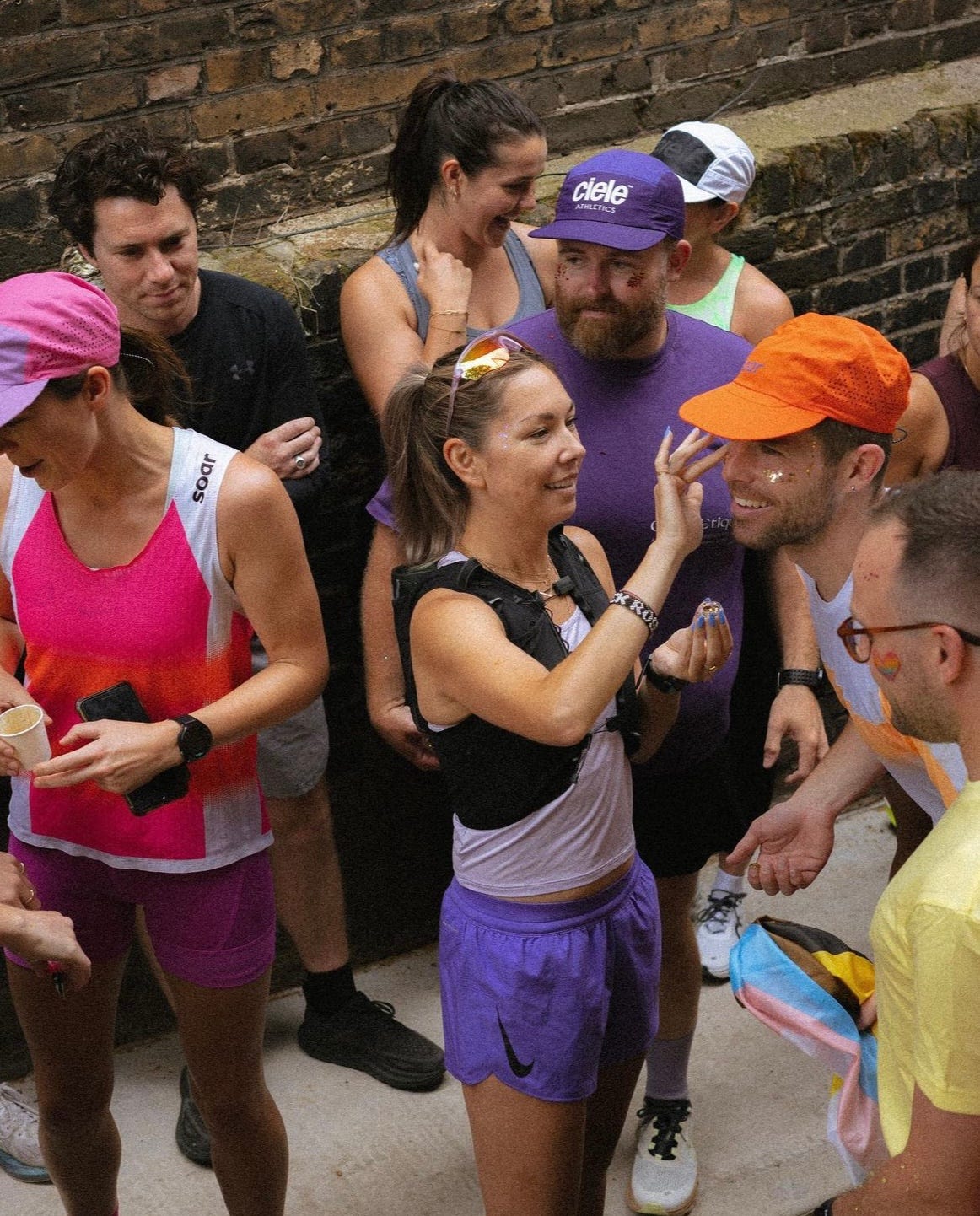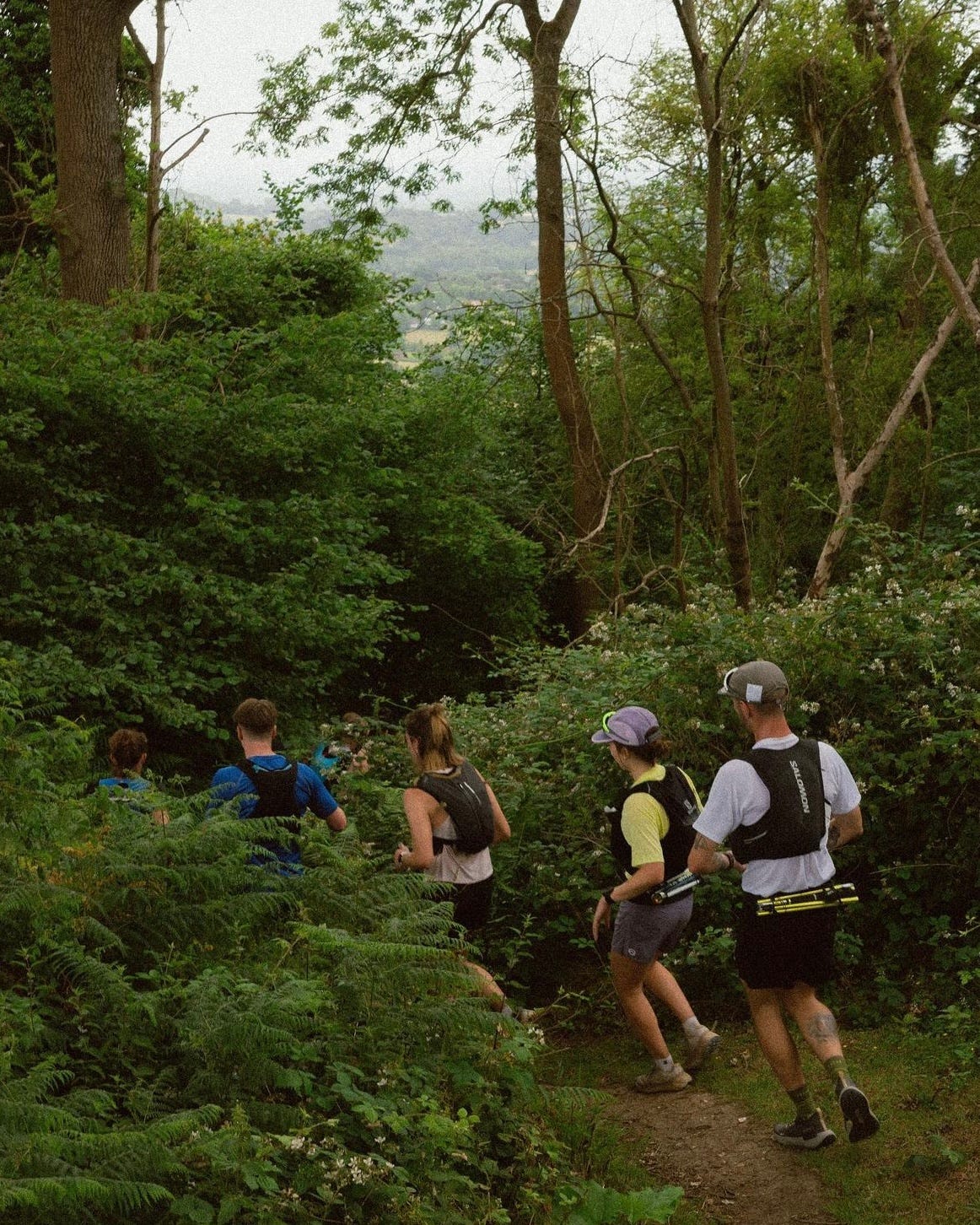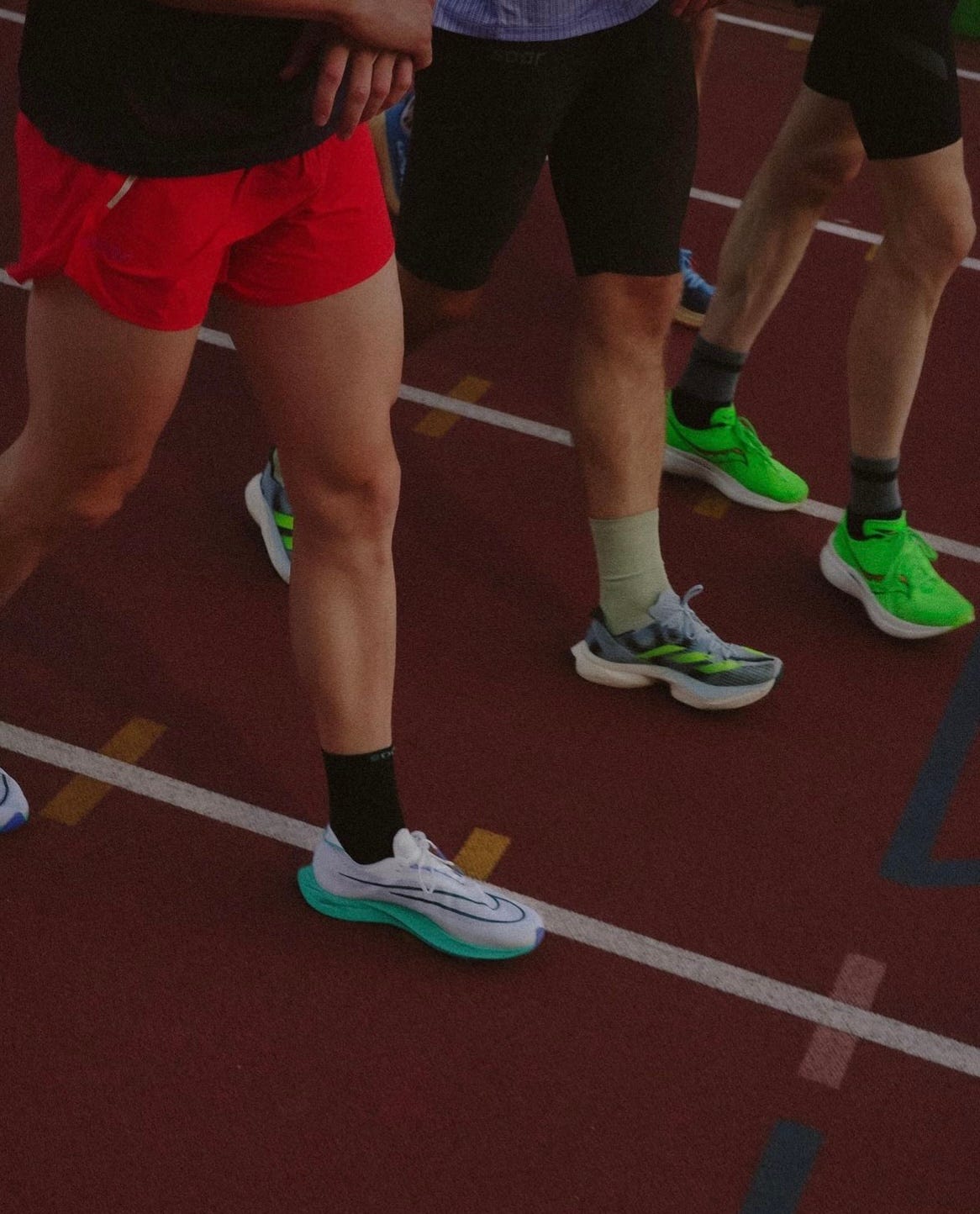The rise was slow but steady. First it was the occasional neon mob passing you in the park, now you’re lucky if there’s a Gail’s pastry left on a Sunday morning. Since 2020, the rise of the run club has been steadily consistent, particularly among the under-thirties. Gone are the days of dodgy-drunken stories; twenty-somethings are now in bed by 9pm with a herbal tea and Pinterest, flaunting their hangover-free Saturdays with strava updates and run get-ready-with-me’s. What’s the hype? Well, it’s taken around a century, but Gen Z have finally figured out that waking up in your own bed is much nicer than on a friend’s sofa with a fuzzy tongue and a throbbing headache.
The rise of the run club undoubtedly comes with the new wave of extreme health consciousness. I don’t love the use of generational-categorisation, it’s a bit too Piers Morgan for my liking - and I’m not going to start boomer-bashing (just yet) - but it’s important to note that Gen Z hold mental wellbeing in a far higher regard than any generation before, and this plainly translates into food, exercise and beauty.
This concern with health span is certainly not gendered, however, the rise in interest for ‘undemanding exercise’ in the form of relaxed run clubs is particularly pertinent among young women. This is not peculiar if we look into why. Media coverage of misogynistic attacks has rampantly increased over the past few years, and with more access for people to perpetuate opinion online, the world seems a terrifying place for anyone - particularly those walking alone. Women are constantly told not to walk home alone, or get too drunk, or put themselves in danger on a night out, and this - I’m hesitant to say ‘fear-mongering’ but here I go - is a major factor in young people's retreat from intoxicated night outs.
Furthermore, in the pitch of the bleak midwinter, there’s a huge benefit to running in groups as opposed to solo training. For the marginalised, it offers safety on the pavements; many of those who join run clubs aren’t doing so just for the social camaraderie, but so they can run alone, together.

So it appears these run clubs attract many for different reasons; wanting to stay fit, wanting a safe environment to work out in, wanting to make friends - the list goes on. Thus it’s no surprise that the growth of more amateur clubs are on the rapid rise. Young adults are interested in forging relationships in ways that don’t necessarily require a substance to numb the anxiety surrounding it. Dean Cook, head of menswear buying at Browns Fashion, started an informal running club for him and creative colleagues. He noted that, “you get to know designers in a different way.” Oliver Hooson, the co-founder of Your Friendly Runners club in London, said many members are “trying out teetotalism.” One runner said the run club’s early start gives them “an excuse to have a quiet one on a Friday, I’m trying to maintain a better balance”.
So is this what Gen Z are looking for, an excuse? It seems the general consensus is we're weaning off nightclubs: once again, young people have realised how those environments have their cons. Having a sweaty stranger shout in your ear and having to pay £13 entry for the privilege isn’t always a viable social option in today’s day and age - a night out costs more than a run in the park.

Run clubs are a new Salomon-packaged nightclub; people are just as uncomfortable and bored but for a better reason - there's a method to this madness: exercise. It’s ultimately just another outlet to connect stemming from a desire to belong. This is further emphasised in the cult TikTok aesthetic of slicked hair, oakley glasses, pink pure sport socks and running vests. Over two years, Strava, the social media fitness tracker, doubled the number of its users hitting 100 million in June 2023. This coincided with the rise of the new fitness influencers - Dan from ‘That Newbie Runner’ (who’s now taking leaps and bounds in marathon races) and Savannah Sachdev (who began the challenge of running every single day, around 965 days ago at time of publishing) - were not polished athletes like fit-luencers who have come before. They spoke to the average person interested in being active and improving their wellbeing without a solid foundation in exercise.

Content creators like this have been integral in building a sense of community among first time and long time runners. They have propelled the notion that run clubs offer a sense of on-demand community, which, in light of the waning ‘third place’ thanks to home offices and the fall of the high street, is a fundamental draw for people right now. Channels for everyday social interactions continue to be restricted, and run club founders say these groups are so popular because running facilitates deep bonding. Unlike more typical social get-togethers where anxiety is high and adrenaline pumps with no exit option - run clubs offer an outlet for these nerves. Members witness each other in their vulnerable moments - exhausted, sweaty, struggling - a disposition that would be awkward in a nightclub but saluted in a park 5k. This blend deepens connections: running is usually an isolated sport, but clubs are a way for people to be around each other, without feeling a pressure of having an awkward silence mid-conversation.
So, perhaps run clubs aren’t the virtue-signalling cliques they first appeared to be, or perhaps they are. Either way, the uniform alone is enough to peak my interest.
Get the run club costume, here:









